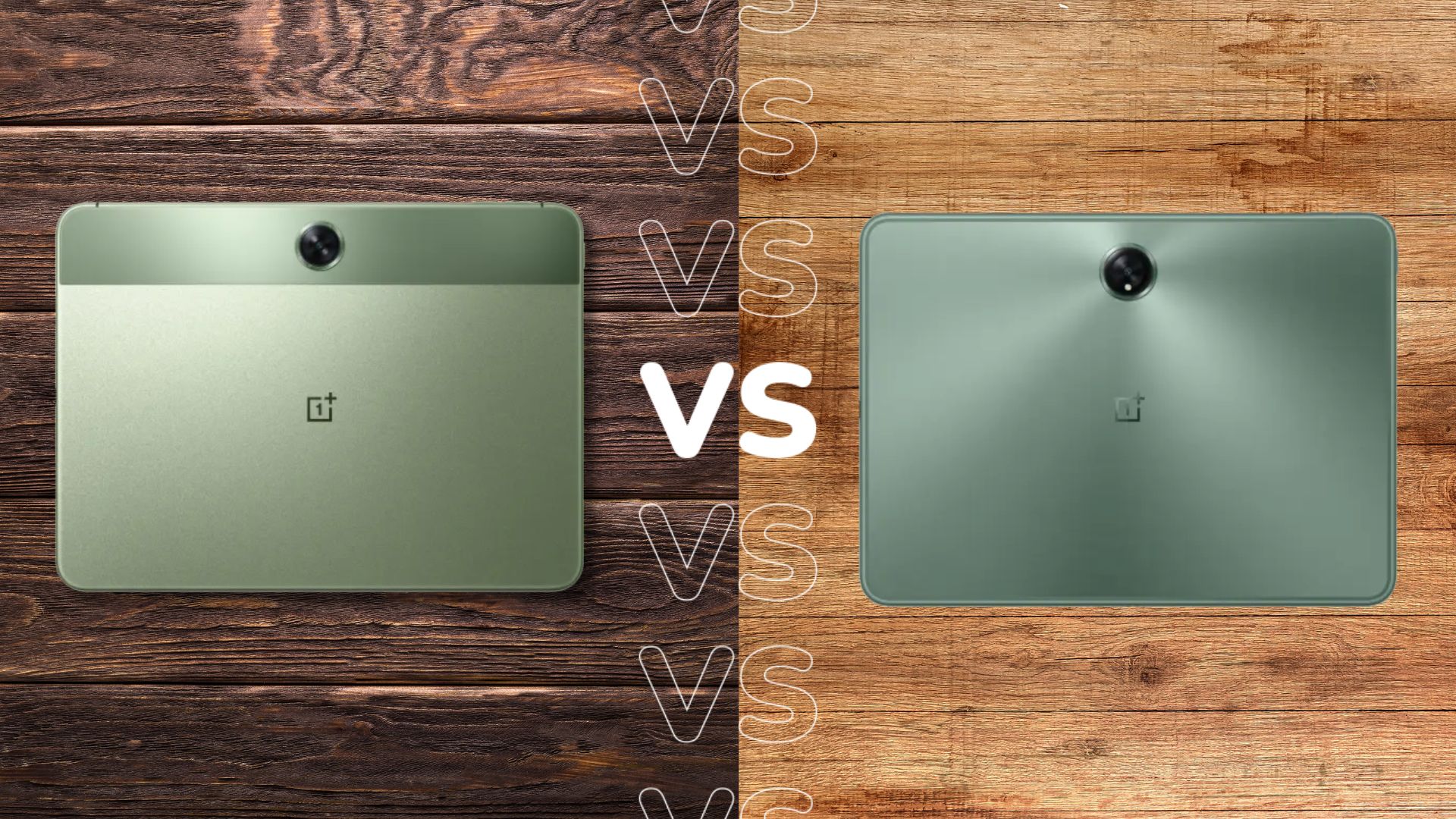Meta Quest 3 vs Meta Quest 2: Should you upgrade?
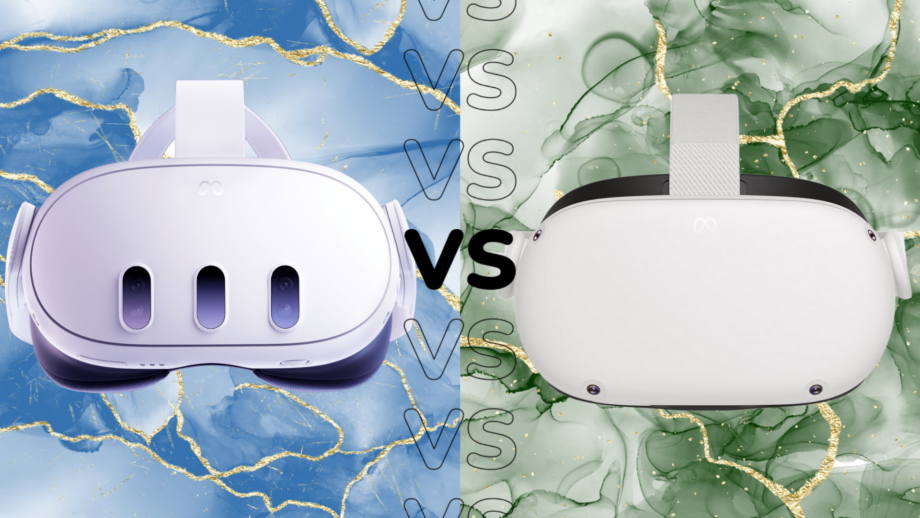
With yet another Meta VR headset on the market, we’re going to be helping you decide if an upgrade is right for you.
The Meta range, formally known as Oculus, has been a cornerstone of the VR industry since its inception. The company has refreshed the line since then, with the latest addition coming in the form of the Meta Quest 3.
Today, we’re going to be taking a closer look at both the Meta Quest 2 and Meta Quest 3 so you can make an informed decision on your next VR headset. We’ll be looking at all the best – and worst – aspects of these headsets so you can figure out which will suit your needs best.
Pricing
The Meta Quest 2 – formally known as the Oculus Quest 2 – can be found on the Meta website. It’s seen a few price fluctuations in its time, but currently, the 128GB storage model can be found for £299.99/$299.99 with the 256GB model costing £349.99/$349.99.
In an unsurprising move, Meta decided to increase the price of the most recent model. The base 128GB storage version of the Quest 3 costs £479.99/$499.99 and the 512GB model costs a crisp £619.99/$649.99. This makes the most recent model a lot less accessible than its predecessor, which may take it out of the equation for some consumers.
Design and Features
The Quest 2 kept largely the same design as its predecessor. The main difference is that it’s slightly smaller and 10% lighter than the original; we noted that it did still cause some head and neck aches after extended use, but that the trimmed-down design was still a welcome one.
It comes with one velcro strap with elastic straps that can accommodate various head shapes and sizes. We found that the straps often slipped out of place and even dug into our reviewer’s head, making them uncomfortable to wear over extended periods. The two speakers integrated into the headset were surprisingly loud when cranked up, with fairly impressive detail. The positional audio helped to determine which direction of gunfire and approaching footsteps were coming from in various games, but they did suffer a little with bass-heavy music.
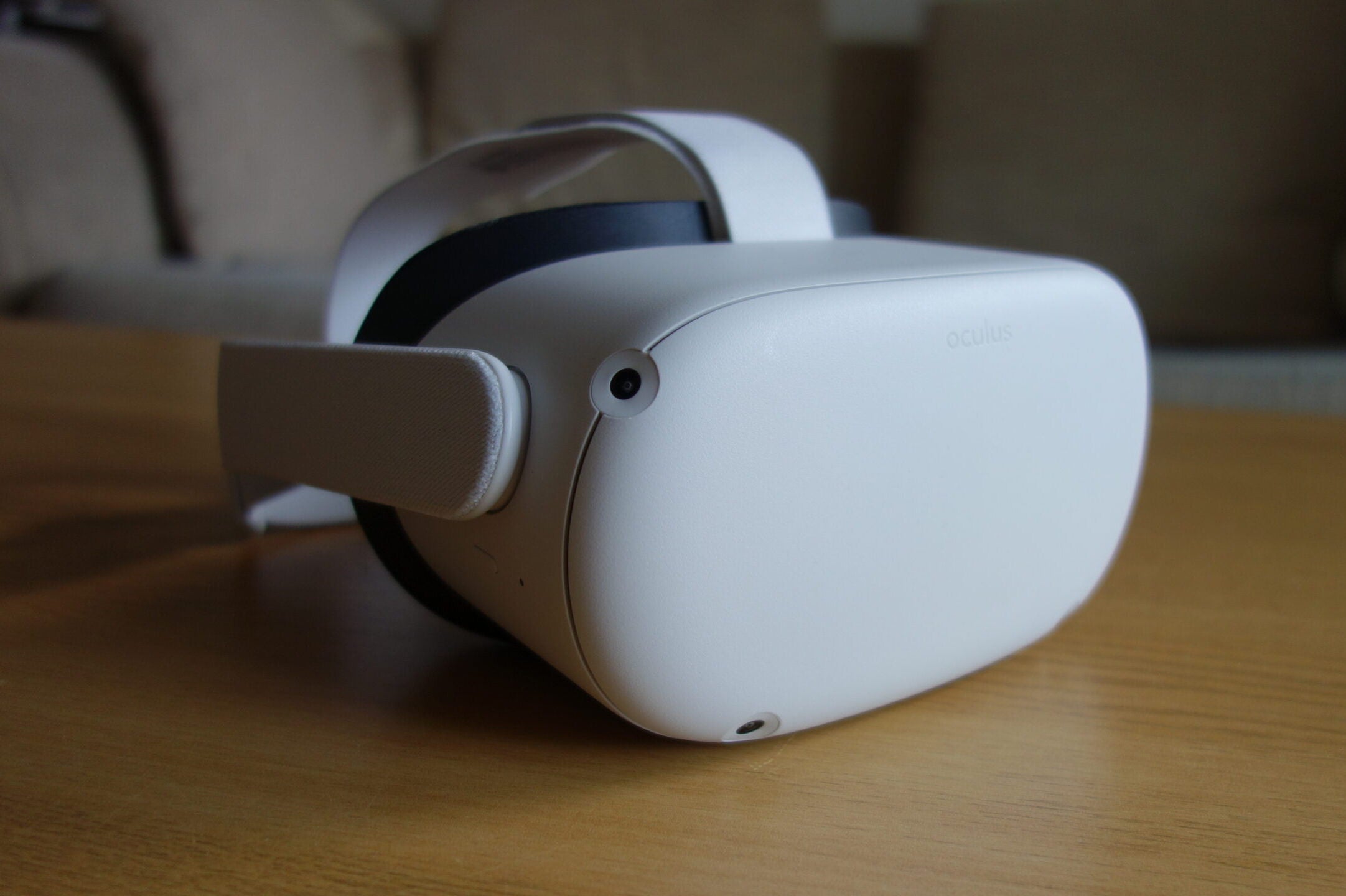
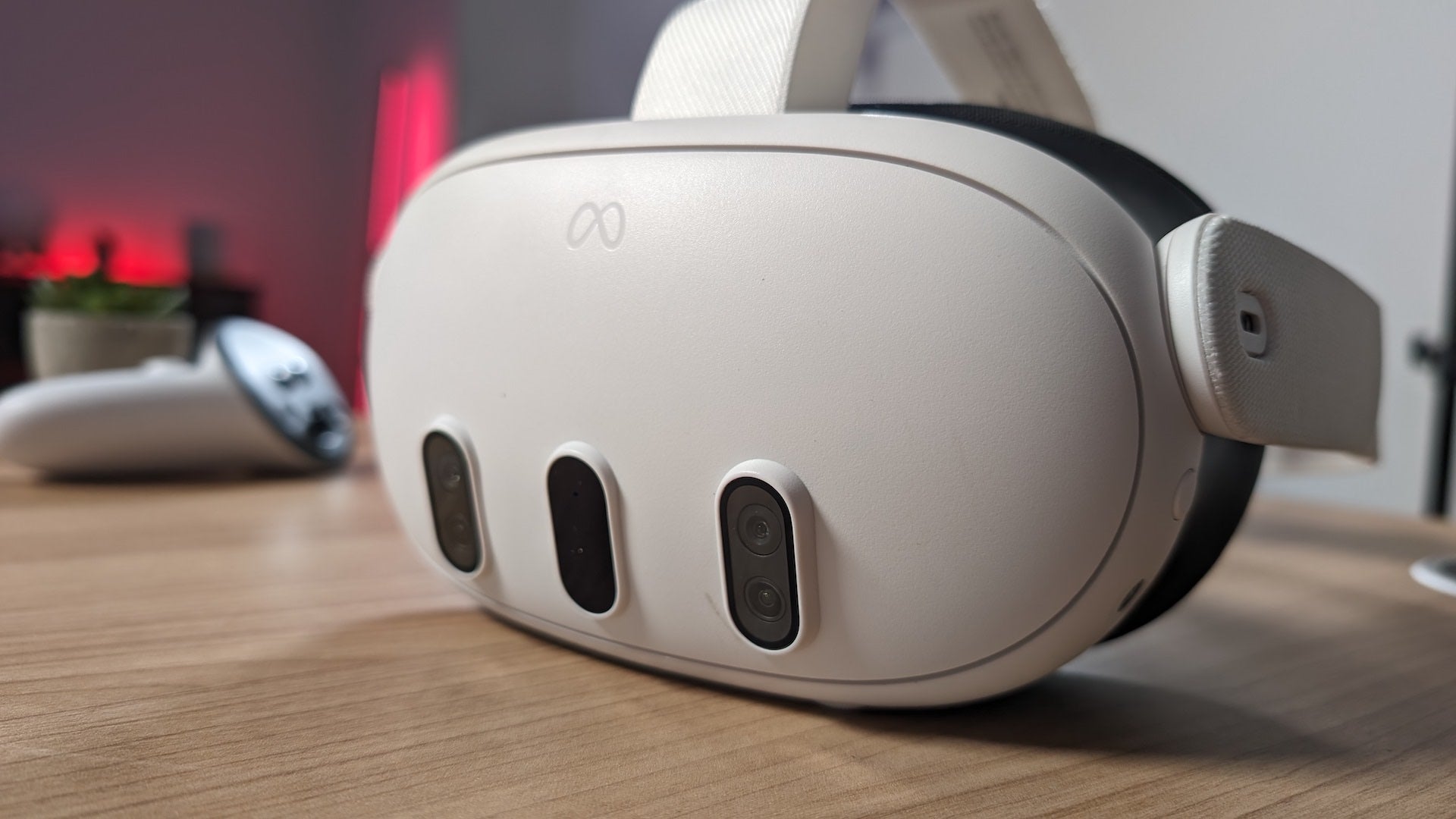
Turning to the latest model, the Meta Quest 3 is an all-around upgrade to the Quest 2. The head-mounted display is now 40% thinner, which translated to a much more comfortable wearing experience that didn’t feel too heavy or irritating after two-plus hours of use. Meta claims that the open-ear audio with stereo support is now 40% louder, with our reviewer claiming that the audio was clear and loud enough to forgo headphones.
The strap has also seen a redesign, coming with a new grey Y-style strap bundled in the box. It took our reviewer a bit of getting used to, but once it’s adjusted to your liking it can be easily slipped on and off without any need for further adjustments.
Looking at the Quest 2 controllers, they are slightly larger than the first-generation with more travel on the side and rear triggers. Haptic feedback was also repositioned for improved immersion, although we were disappointed to see that they’re still powered by AA batteries rather than being rechargeable via USB-C.

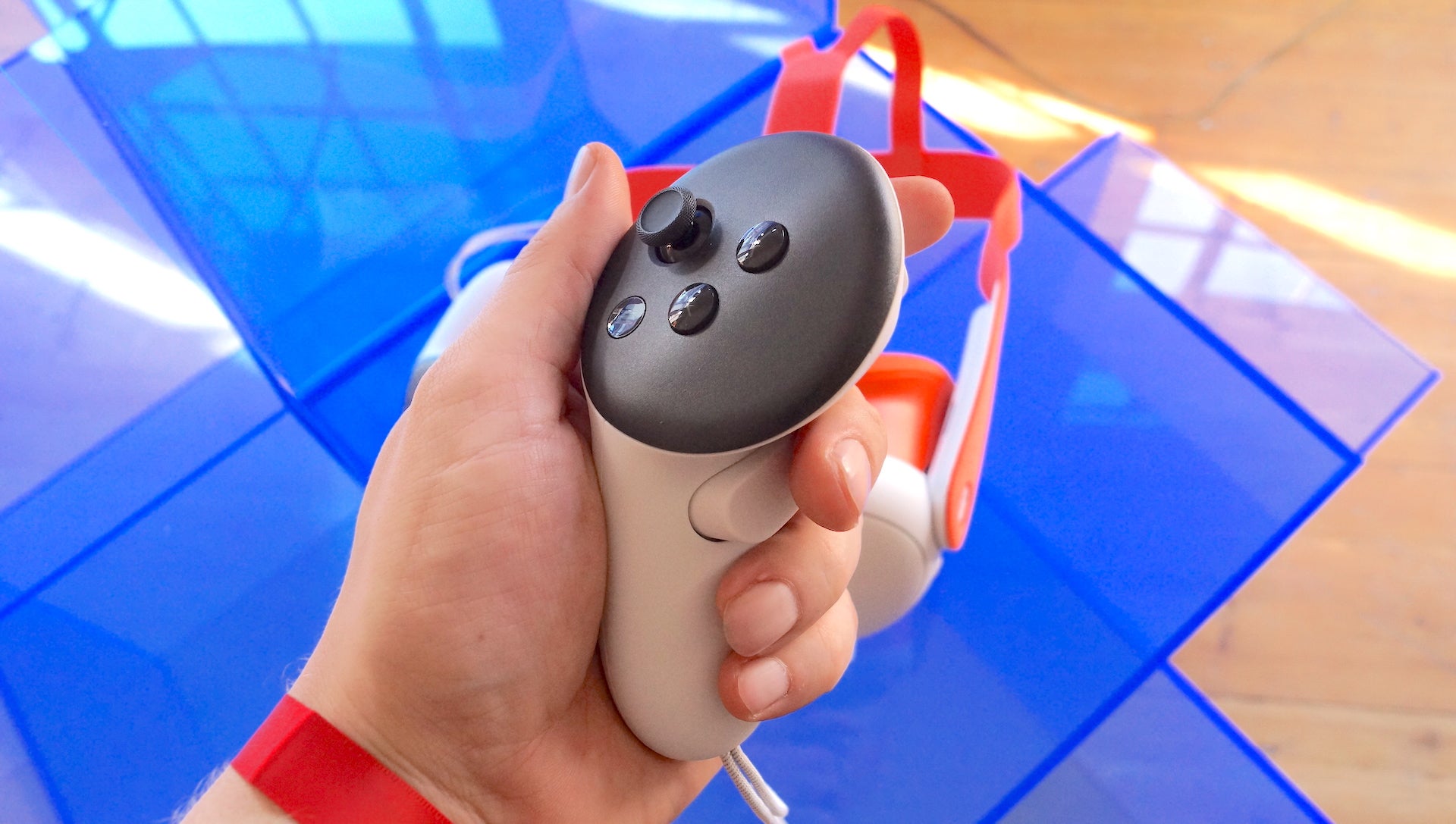
Meta went ahead and switched up the design of the Quest 3 controllers. The large circular tracking ring has been removed, allowing for a much smaller, more ergonomic design that retains the same core controls as its predecessor thanks to the inclusion of IR LEDs and sensors.
This allowed our reviewer to bring their hands a lot closer during playtime without the rings clashing together, helping to keep immersion levels high while gaming. They also rely on removable batteries for power unlike the premium Quest Pro controllers, which come with built-in batteries.
Performance
The Meta Quest 2 came packed with a Qualcomm Snapdragon XR5 chipset, while the Quest 3 is powered by a Snapdragon XR2 Gen 2 chipset. Meta claims that this new chip doubles the processing power of the Quest 3, with our reviewer noting that the experience was much better on the latest headset.
The display of the Quest 3 has a 2064×2208 resolution, which felt a lot more immersive than the 1832×1920 resolution of its predecessor. The level of detail between the two can only be described as day and night, with text being clearly legible and texture looking a lot smoother and more realistic.

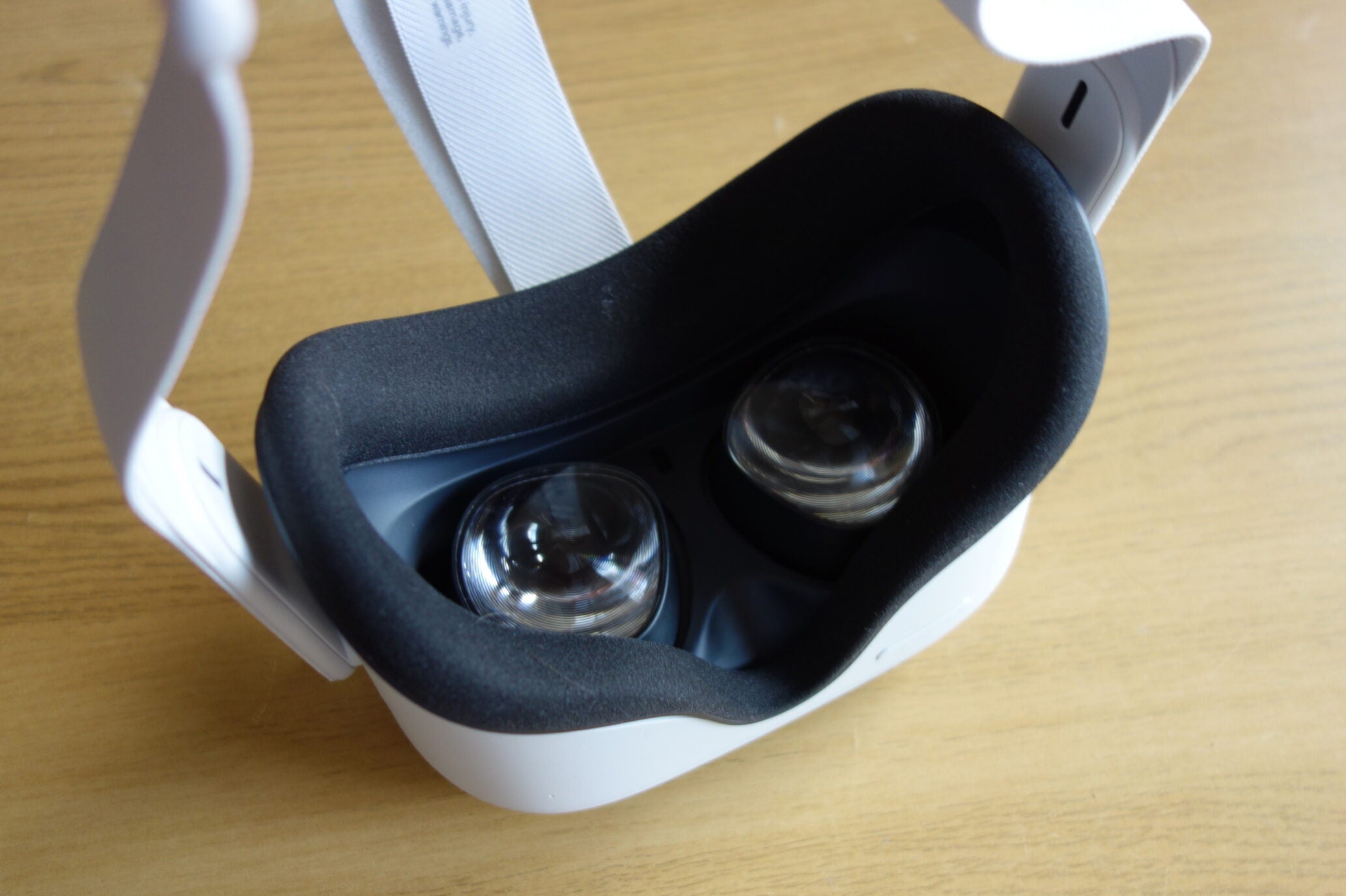
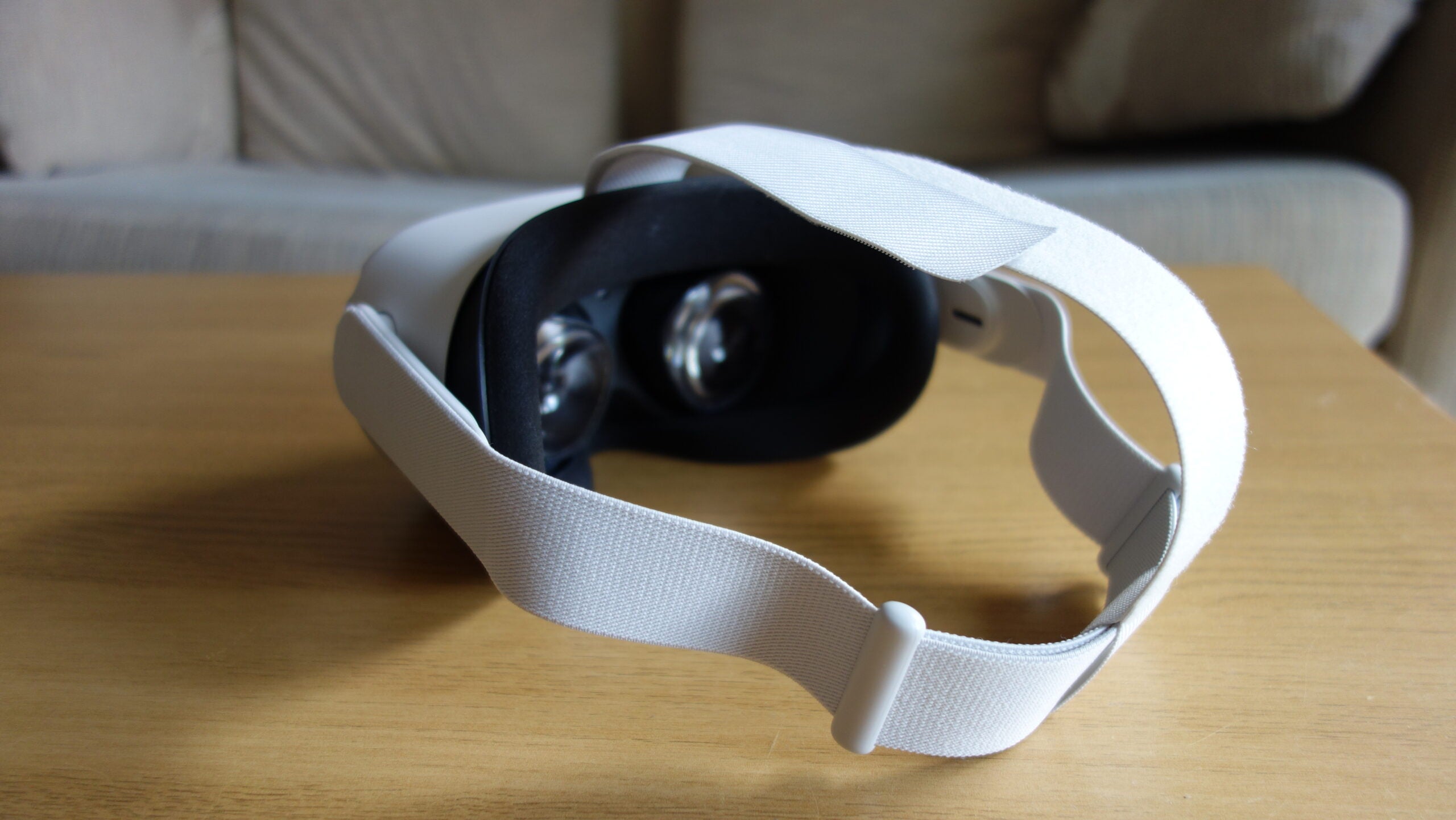
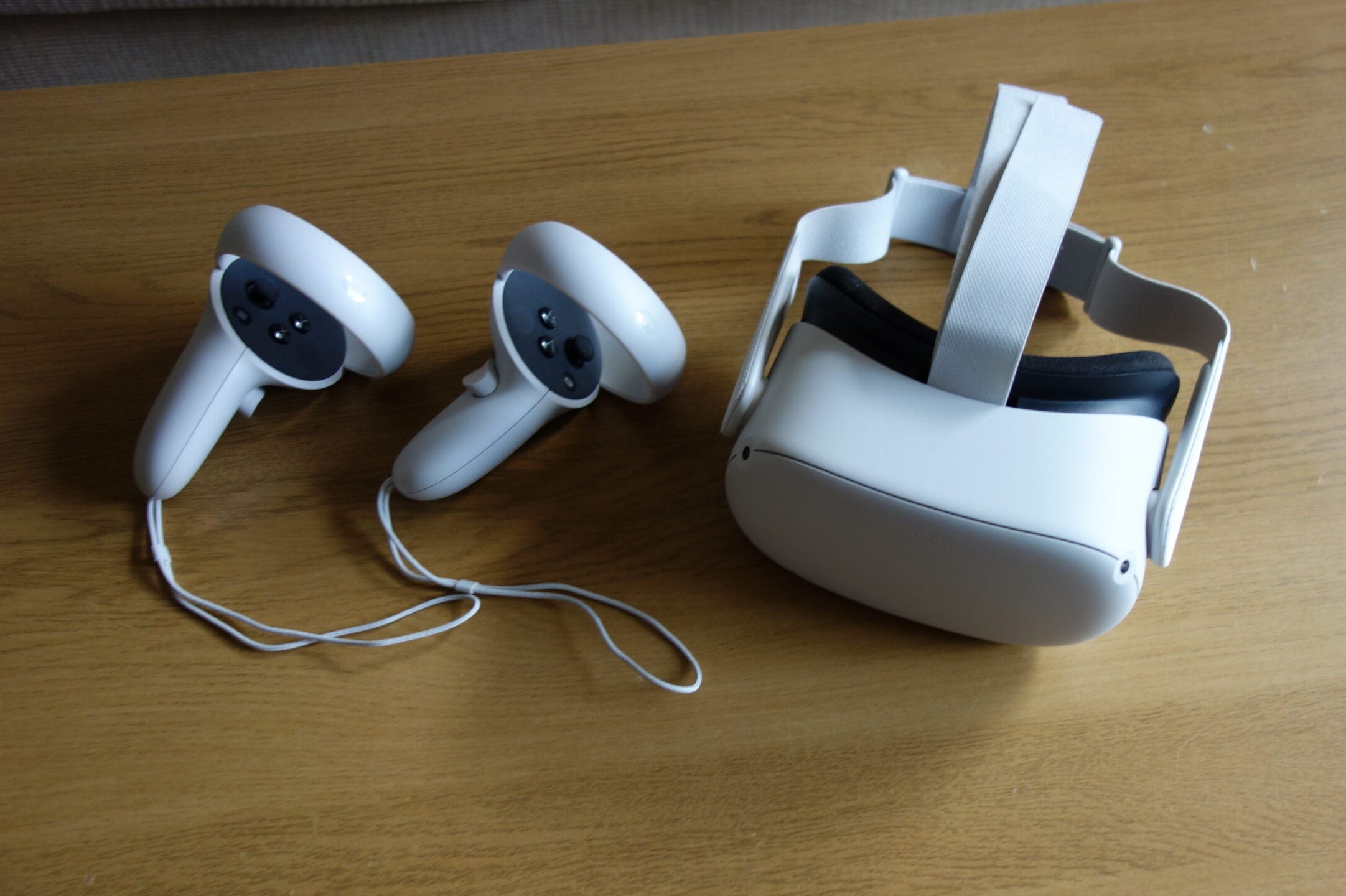
Dynamic elements were also massively improved upon, especially in titles where you use a torch, with the focused light and shadow effects looking a lot more true to life and the 120fps refresh rate keeping everything looking smooth. Our reviewer even went so far as to recommend the Quest 3 over the Quest 2 for hardcore VR gamers, due to the improved performance and visuals.
Our updated review of the Quest 2 also notes that the lower resolution cannot hold up against newer VR headsets, although Meta upping the refresh rate from 72fps to 120fps was a welcome addition that helped to reduce motion sickness and keep games looking a lot more fluid than they did at launch.
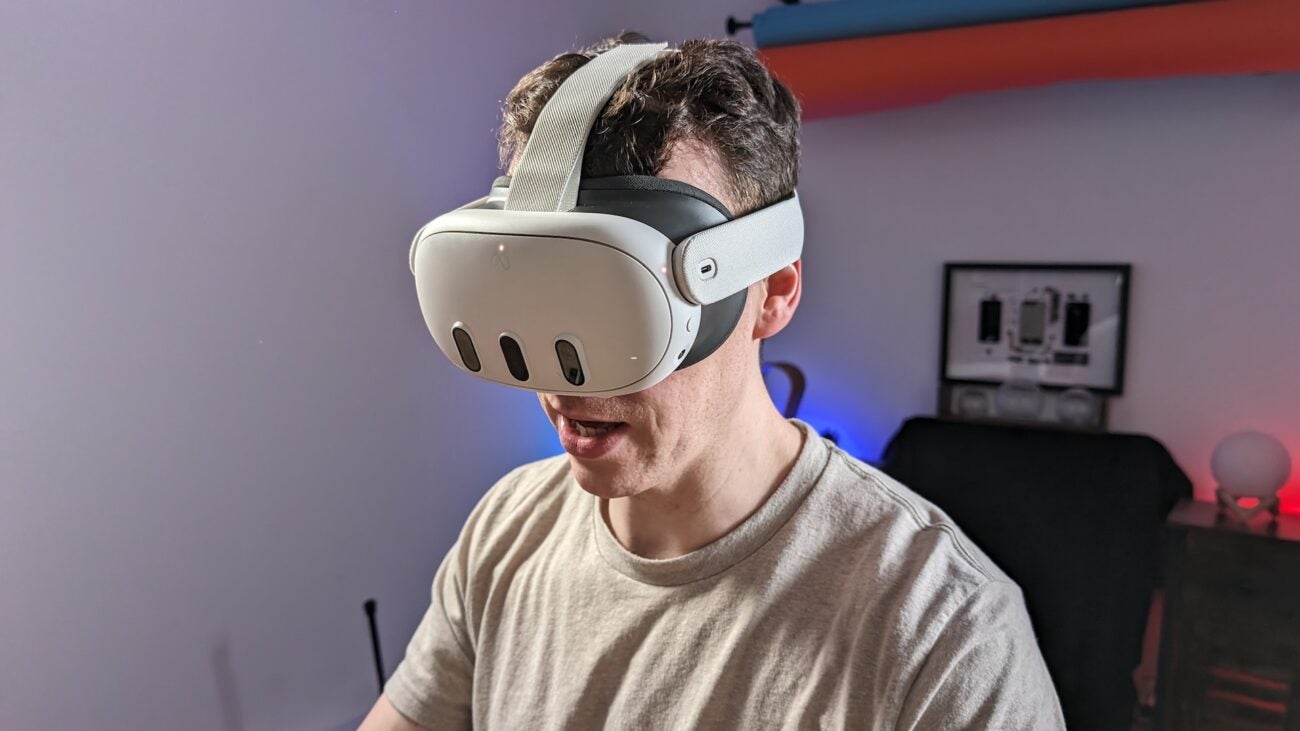

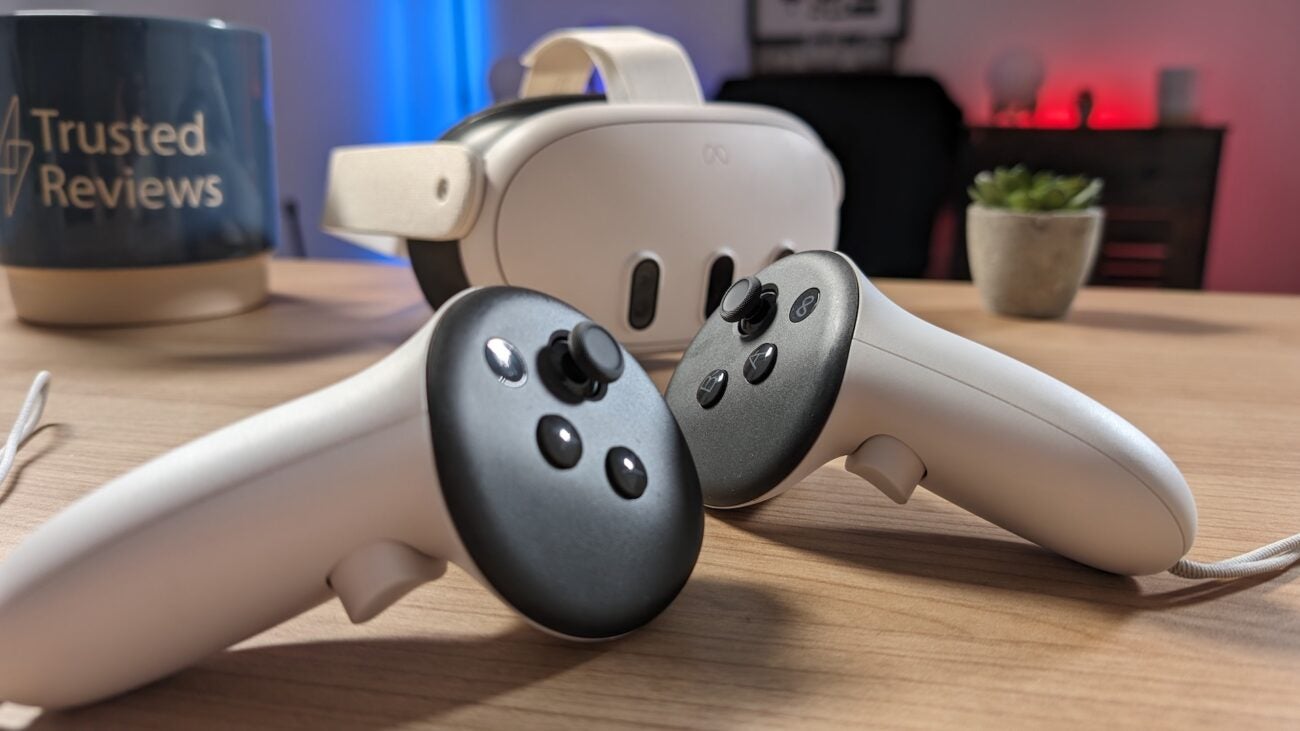
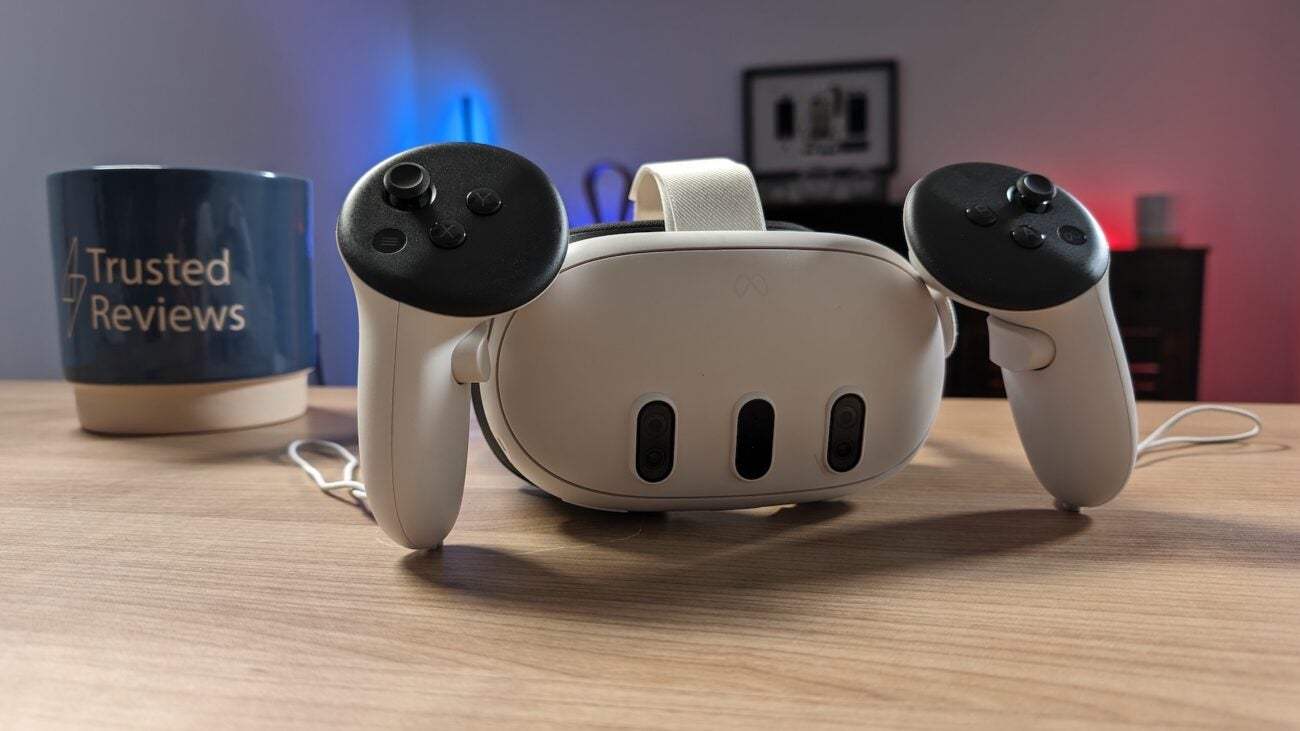
What’s more, the Quest 3 comes with up to 512GB storage, while the Quest 2 topped out at 256GB. Faster Wi-Fi 6E is also supported, which will boost the download speed of games and improve wireless PCVR capabilities, provided that you have a compatible home network.
Battery Life
Turning towards the battery life, we found that the Quest 2 could last just over two hours when gaming and around three hours when playing video content. You can technically keep playing by keeping it connected to a power source during play, but you will need to invest in a longer charging cable.

During our review period, we found that the Quest 3 boasted the same endurance as its predecessor. However, that can be extended by enabling the new Battery Saver mode, although that does come with an overall hit to the performance, with a slightly lower refresh rate and downgraded resolution.



